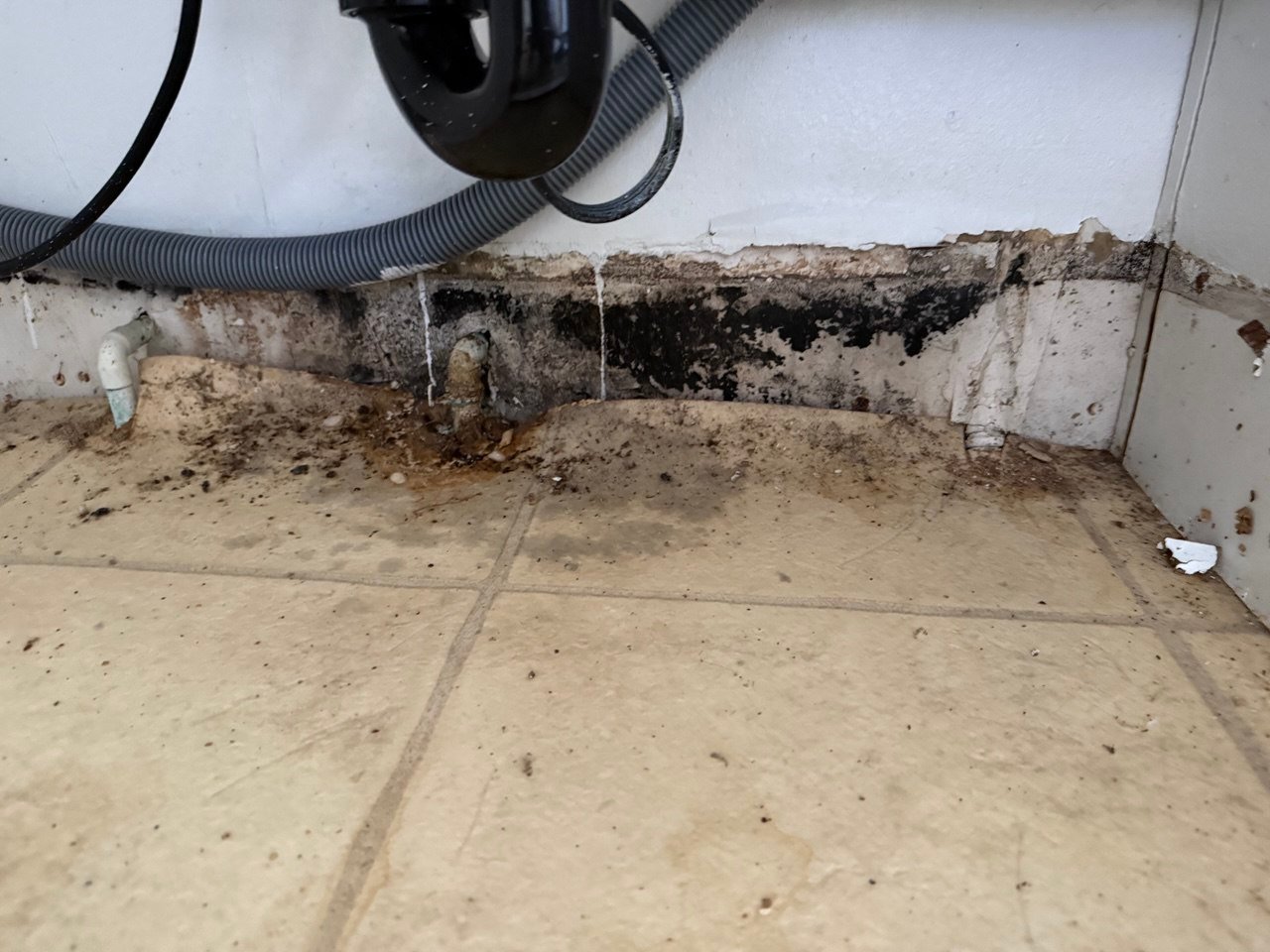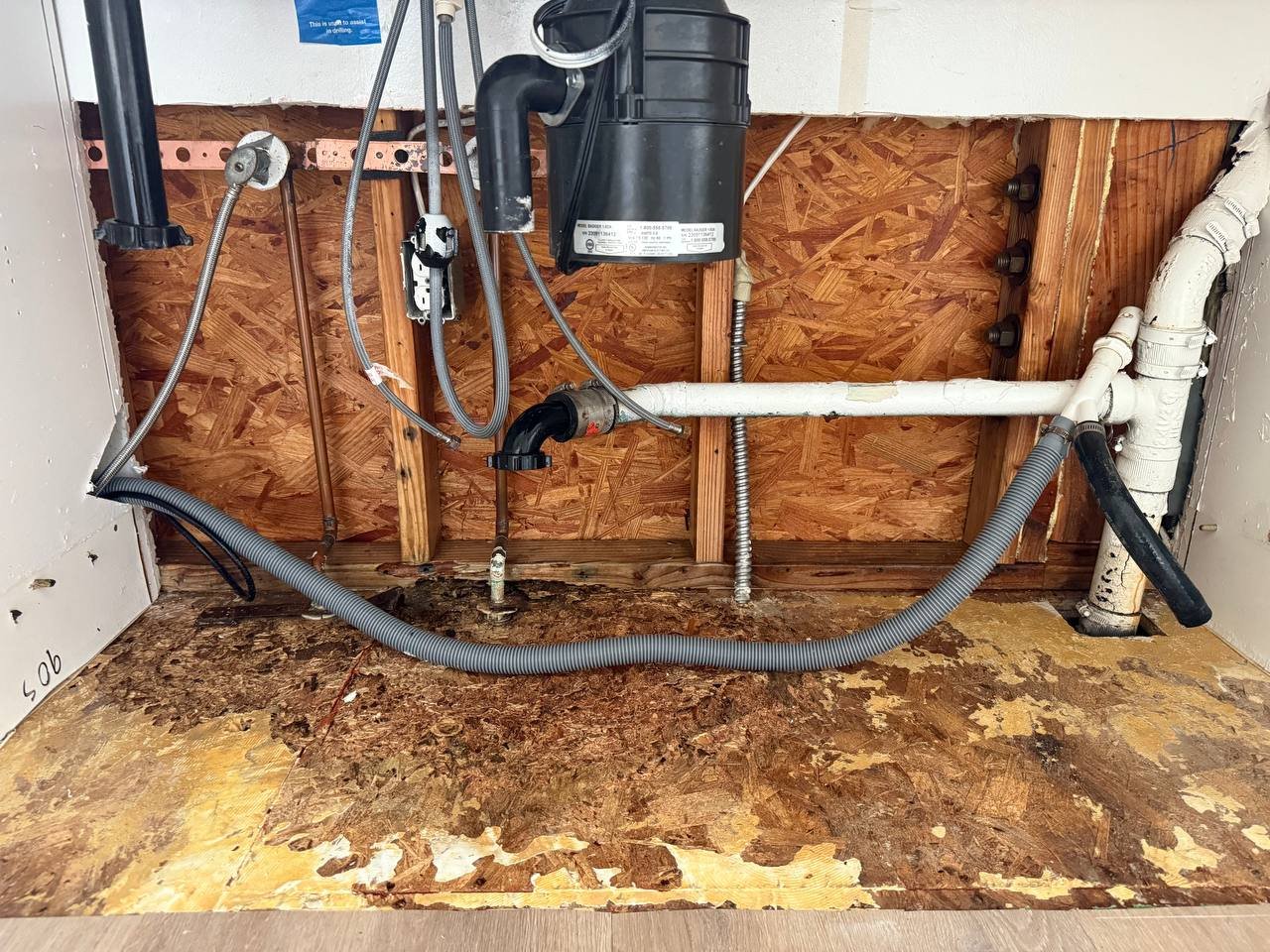Mold Remediation in Glendale, CA | Inspection, Removal, Prevention
Glendale homeowners—whether you live under Rossmoyne’s classic tile roofs, navigate Adams Hill’s steep staircases, or enjoy the shade of Verdugo Woodlands—face unique mold challenges. Local features like tiled valleys, shaded canyons, and stacked condos mean water and humidity can linger, leading to hidden mold that threatens your home and health. If you notice stubborn stains, persistent musty odors, or symptoms that clear up away from home, it’s more than a surface issue—mold may be putting your family at risk.
OnSite Pro specializes in Glendale’s diverse buildings and microclimates. Our certified local team identifies the source, removes mold safely, thoroughly dries your structure, and delivers an insurer-ready report—so you regain peace of mind and a healthier home.
Get Started
Service Form
Signs You Need Expert Mold Removal
Mold isn’t just unsightly—it can be dangerous. Some indoor molds release toxins that impact respiratory health, especially in Glendale’s dense, multi-unit buildings or older homes.
Watch for these warning signs:
- Odor that lingers even after cleaning or airing out your home
- Recurring stains on plaster or drywall, especially near baseboards or ceiling lines
- Symptoms that ease outside: congestion, coughing, or itchy eyes that improve when you’re away
- History of leaks: roof or deck intrusions, window or stucco seepage, HVAC condensation issues
- Visible growth on drywall, MDF, or carpet padding
If you spot any of these, don’t ignore them—mold exposure can trigger chronic respiratory problems, especially for children, seniors, and anyone with allergies or asthma. Acting quickly can prevent expensive damage and protect your family.

How Quickly Can Mold Take Hold?
Give drywall, wood, or carpet a day or two of lingering dampness, and you’ve got an open invitation for mold to move in. Often, growth ramps up within 24 to 48 hours—sometimes before stains or odors make the problem obvious. That’s why it’s crucial to act immediately after any leak or flood, rather than waiting to see if a musty smell develops. Persistent moisture, especially in closed wall or floor assemblies, sets the stage for spores to flourish long before you spot the telltale signs.
Mold Remediation Services in Glendale
Rossmoyne / Kenneth Village (tile roofs & dormers). Wind-driven rain can bypass underlayment at valleys and penetrations. Insulation wets quietly; odor follows if cavities stay closed.
Adams Hill (steep lots). Gravity pulls water down stair cores and partition chases. A small deck seam can show up as baseboard staining two levels below.
Verdugo Woodlands / Chevy Chase Canyon (shade). Reduced sun and heavier tree cover slow evaporation. Crawl spaces load moisture into lower plates and toe-kicks.
Downtown / Brand Blvd corridor (multi-unit). Stack leaks and upstairs appliance failures spread laterally between units. Containment logistics and unit-specific documentation matter as much as meters.
Glenoaks & Casa Verdugo tracts (aging supply lines). Original copper/galvanized and old angle stops drip behind cabinets and laundry niches, driving localized growth.
Our IICRC S520 remediation method
Investigation and moisture mapping
We confirm the moisture source and define affected boundaries with pin/pinless meters and thermal imaging. Sampling is recommended only when it clarifies scope, satisfies HOA/lender needs, or verifies clearance (PRV). Scope is written to IICRC S520.
Source control before removal
Mold returns if the source remains. We coordinate roof/deck membrane repairs, stucco and window sealing, plumbing fixes, condensate service, crawl-space drying, or ventilation upgrades. When sequencing allows, we start repairs first or run them in parallel with containment.
Containment and negative pressure
Work areas are isolated with poly or rigid barriers and zipper access. A HEPA-filtered negative-air machine maintains pressure differentials so dust and spores stay put. HVAC supplies/returns in the zone are sealed. Paths, stairs, elevators, and corridors are protected in multi-unit buildings.
Controlled removal of contaminated materials
Porous materials with established growth—colonized drywall, carpet pad, wet insulation, swollen MDF—are removed under control and properly bagged. We open plaster or drywall only where readings or damage require, keeping demolition proportionate to the problem.
HEPA vacuuming and detail cleaning
Exposed framing and surfaces are HEPA-vacuumed, mechanically agitated, and detail cleaned. Targeted antimicrobial supports cleaning but never replaces source removal and dry-down.
Drying to target moisture
Dehumidifiers and directed airflow reduce vapor pressure and bring assemblies to objective moisture targets. We log baseline, daily, and clearance readings. Jobs do not close early.
Post-Remediation Verification (as needed)
For larger projects, HOAs, sensitive occupants, or real-estate transactions, a third-party assessor performs PRV. Passing typically includes clean visuals, no odor, proper pressure management, and project-appropriate sampling.
Documentation for owners and carriers
You receive photos, containment layouts, moisture/equipment logs, and a line-item Xactimate scope. Adjusters see how cause, extent, and actions tie together, which reduces pushback.
Click Here
How mold spores spread and what triggers growth
Mold spores are a natural part of indoor and outdoor air—they’re microscopic and float undetected until the right opportunity comes along. Growth starts when spores land on surfaces with sustained moisture: leaky pipes, damp drywall after a roof leak, or condensation-prone corners are common culprits. Once they find both water and organic material (like wood, paper, or dust), they can colonize in as little as 24–48 hours.
Dark, poorly ventilated spots—think behind appliances, under sinks, under carpets, and inside wall cavities—provide mold the shelter it needs. High indoor humidity, plumbing issues, and past water intrusions create fertile ground for mold to thrive. Even “invisible” spores can become a significant problem if moisture control isn’t fast and thorough.
The good news: routine leak checks, prompt drying, and dehumidification are your best lines of defense against mold establishing a foothold.

Case studies from inside Glendale
Long-run window leak in a Rossmoyne Craftsman
A living-room window showed faint staining each winter. Thermal imaging traced moisture to hairline stucco cracks and failed flashing. Behind paper-faced drywall we found colonization along a base channel. We set a tight containment, removed ~32 sq ft of impacted drywall and wet insulation, cleaned and dried framing to target, and coordinated exterior sealing and flashing repair. The room cleared on visuals/odor; no PRV required by the carrier.
Crawl-space humidity into built-ins, Verdugo Woodlands
A musty odor lingered around a dining-room built-in. Crawl-space readings were elevated from irrigation and poor cross-flow. We contained the room, removed colonized toe-kicks and localized drywall, HEPA-cleaned, and dried. Under the home we set temporary drying, recommended grading changes and irrigation deflection, and added vents. Odor resolved and the rebuilt trim matched adjacent finishes.
Stack leak in a Brand Blvd mid-rise
A cracked fitting in a plumbing chase affected two bathrooms on different floors. We staged equipment discretely, created unit-specific containments, and coordinated access with management. Controlled removal, HEPA cleaning, and cavity drying brought both units to target. An independent assessor performed PRV for the HOA; both units passed. Our unified photo/log package supported separate owner claims without re-inspection.
Health and safety on every project
Negative pressure keeps contaminants inside containment.
PPE and controlled waste handling protect occupants and workers.
Lead/asbestos rules are followed for pre-1978 materials before disturbance.
No “fog-only” shortcuts; established growth requires source removal and dry-down.
Steps to prevent mold after water damage
When water damage or flooding occurs, taking immediate, thorough action is key to protecting your home from mold. Here’s what you should do:
- Remove standing water promptly. Use wet/dry vacuums, pumps, or mops—don’t let moisture linger for more than 24–48 hours.
- Increase airflow. Open windows and doors if weather allows, and set up fans and dehumidifiers (like those from LGR or Phoenix) to speed up the drying process.
- Focus on all affected areas. Inspect behind baseboards, inside wall cavities, and under flooring—hidden moisture is where mold likes to start.
- Salvage and discard. Tear out saturated materials that can’t be fully dried, such as wet drywall or carpet padding.
- Clean and disinfect. Use appropriate antimicrobial solutions (such as Benefect or Sporicidin) on hard surfaces after drying.
- Monitor thoroughly. Continue to check moisture readings until all affected areas are within normal limits before repairing or closing up.
If you’re unsure about the extent of the damage or notice musty odors, consider professional assessment and mitigation—early intervention limits repairs and costs down the road.
Timeline you can plan around
Inspection and scope: same day.
Containment, removal, initial cleaning: 1–2 days for a localized wall/ceiling; longer for multi-room or multi-unit work.
Drying and PRV: typically 2–4 additional days depending on materials and indoor RH.
Rebuild: after targets are met and, if used, PRV passes. Typical scopes: drywall/texture, insulation, paint, trim, and touch-ups on millwork.
DIY vs. Professional mold removal: what’s truly safer?
While it may be tempting to tackle mold with off-the-shelf solutions, DIY efforts often stop short of correcting underlying issues—or worse, spread spores and moisture further. Store brands like Clorox® and Lysol® wipes might handle surface discoloration, but established growth inside cavities or on framing requires more than a quick swipe.
When to call in a specialist:
- If mold covers over 10 square feet, per CDC guidelines.
- When there’s a history of leaks, hidden dampness, or musty odors.
- If you’re unsure about wall, ceiling, or HVAC involvement.
- Any time family members are sensitive or immunocompromised.
Trained professionals use negative air, HEPA filtering, moisture mapping, and controlled removal to contain and safely address mold—even in challenging environments. This not only protects structural materials and finishes but prevents cross-contamination and ensures eligibility for insurance support.
If you’re unsure where to start, a quick assessment can clarify options—without risking bigger issues down the road.
Why Glendale owners and managers choose Onsite Pro
Local familiarity. Daily work from Rossmoyne and Adams Hill to Verdugo Woodlands and downtown condos. We plan around parking, access, and HOA quiet hours.
Measured decisions. Moisture targets and S520 guide every step. No early closures that create odor or recurrence.
Finish protection. We safeguard plaster, hardwood, stone, millwork, and stairs with proper airflow and coverings.
Transparent files. Photos, maps, logs, and line items read cleanly to owners and adjusters.
Call (818) 336-1800 for immediate containment or a free local estimate.
Links to Additional Restoration Services in Glendale
Internal Links
Glendale Sewer Damage Cleanup
Safe sewer and biohazard cleanup.
Glendale Fire Damage Restoration
Complete fire and smoke restoration.
Glendale Water Damage Restoration
Rapid water extraction and drying.
Glendale Hub Page
All restoration services available in Glendale.
